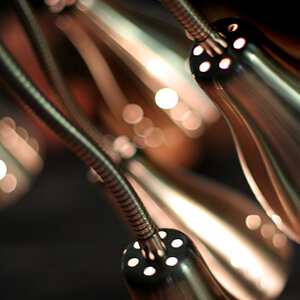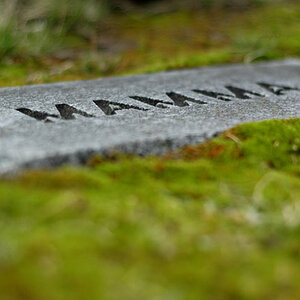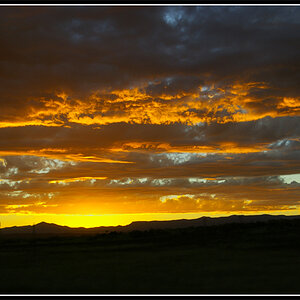panocho
TPF Noob!
- Joined
- Feb 7, 2005
- Messages
- 425
- Reaction score
- 2
- Location
- Compostela, GZ
- Can others edit my Photos
- Photos NOT OK to edit
I want to start doing some macro photography beyond the restrictive limits I have now -this means beyond some zoom lenses with macro and close-up filters, all of which give ratios of at most 1:2.
I would like to reach, at least, 1:1, and then, if affordable, 2:1 would be also great. But 1:1 is my main target now.
I think that extension tubes is the best option, in terms of cost and results. But I don't know much about extension tubes. I mean, of all the extensions available, how do they get which ratios, etc
Do you know of some place where this is explained a bit (books, web)?
And also, do you have any other recommendation?
My plan is to get the tubes/s for my Nikons. Wish I could just buy a micro lens!
I would like to reach, at least, 1:1, and then, if affordable, 2:1 would be also great. But 1:1 is my main target now.
I think that extension tubes is the best option, in terms of cost and results. But I don't know much about extension tubes. I mean, of all the extensions available, how do they get which ratios, etc
Do you know of some place where this is explained a bit (books, web)?
And also, do you have any other recommendation?
My plan is to get the tubes/s for my Nikons. Wish I could just buy a micro lens!


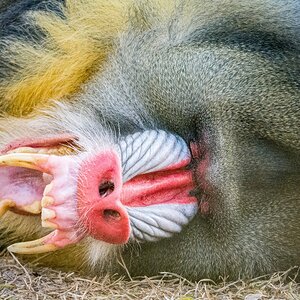

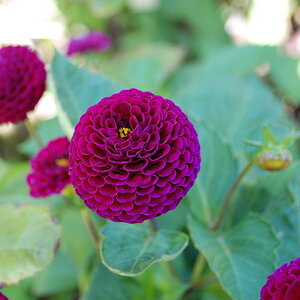

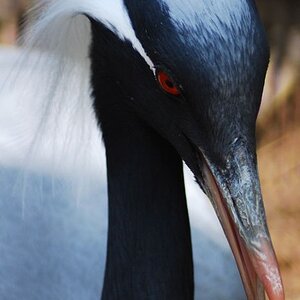
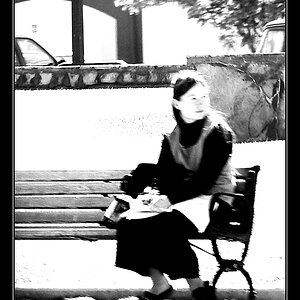
![[No title]](/data/xfmg/thumbnail/34/34063-09779b4ba56a0acb2b0fa36cf8720dfb.jpg?1619736260)
![[No title]](/data/xfmg/thumbnail/34/34064-66d345cd6eebe4b9f97597e03008d3b7.jpg?1619736260)

